Despite being the entry-level SUVs in their respective ranges, the BMW X1 and Mercedes GLA are ideal for a family.
They both have plenty of passenger space and a useful boot, yet are compact enough that it doesn’t feel like hard work trying to park in a tight space. These premium models don’t skimp on the interior trimmings either, feeling like shrunken down versions of top-rung BMW and Mercedes models. But which should you buy?
BMW X1 vs Mercedes GLA compared
| BMW X1 | Mercedes GLA |
Pros:
| Pros:
|
Cons:
| Cons:
|
Styling
While BMW has gone for a boxy look for the X1, Mercedes has given the GLA a curvier appearance. You’ll probably have a preference, but to our eyes the GLA has a cleaner look than the very technical-looking X1. M Sport in the X1 and AMG Line in the GLA add sculpted bumpers and big, two-colour alloy wheels.
Interior
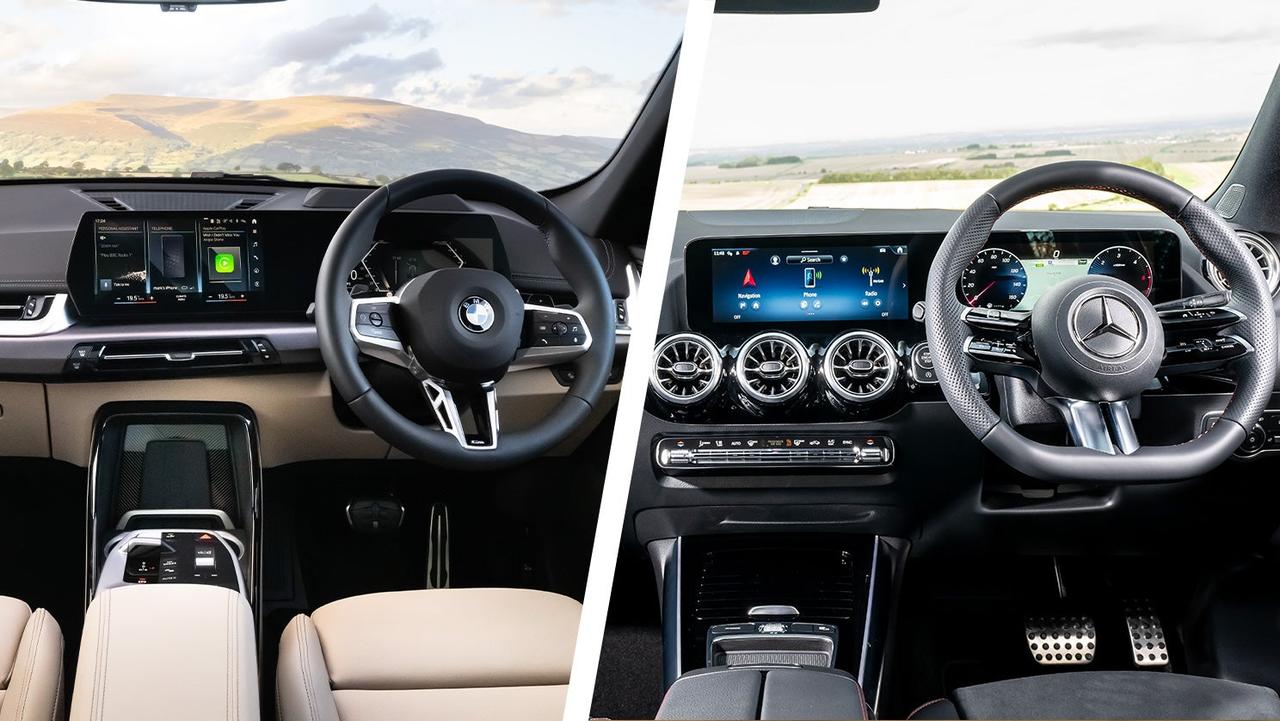
Until the new X1 came along, the Mercedes GLA had by far the most theatrical interior in the premium compact SUV class – its twin screens are complemented by cool metal trim, there’s a vast array of ambient lighting on most models, and the graphics are sharp enough to poke you in the eye.
The material choices are excellent in the places you’re most likely to touch. AMG Line trims get seats upholstered in suede and man-made leather, which feel great, and the climate control bar provides a tactile experience.
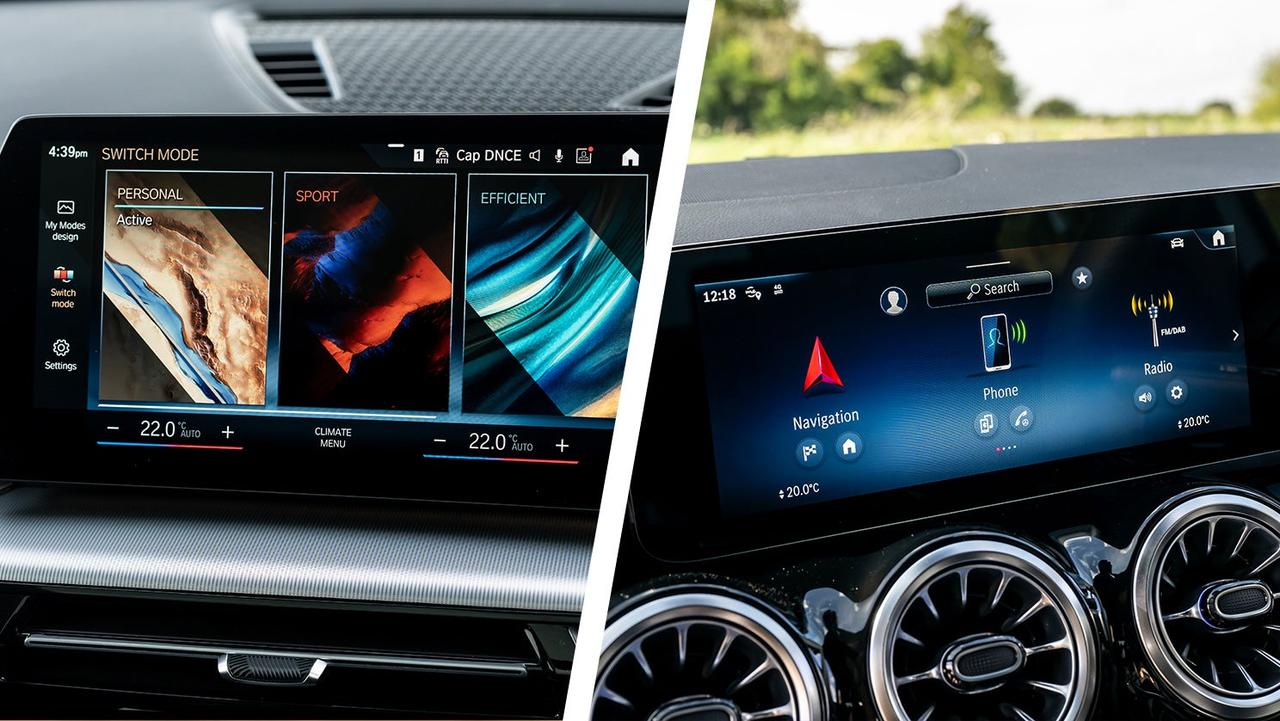
There’s no such experience in the X1, because the vast majority of buttons have been swapped for lines of touchscreen code. Thankfully, the screen is just as sharp as the GLA’s, and it responds instantly, but the sheer amount of functions it offers can be overwhelming – especially glancing at the app menu when driving. Similarly, BMW – known for its classy, clear dials – has stuffed the digital instrument cluster with loads of info. It looks impressive and fancy, sure, but the previous X1 made the pertinent information easy to read when you look down from the road for a fraction of a second.
Give both cars’ dashboard a prod with an accusatory finger and the BMW comes up trumps. The material selection is more quietly luxurious than in the Mercedes, but the X1’s cabin feels sturdy and solid in some of the places that the GLA starts to flex and creak.
Dimensions and practicality
| BMW X1 | Mercedes GLA | |
| Length | 4,500mm | 4,410mm |
| Height | 1,642mm | 1,616mm |
| Width (inc mirrors) | 2,104mm | 2,020mm |
| Boot space (seats up) | 490-500 litres | 385-435 litres |
The X1 is bigger in every dimension than the GLA, and it feels like that inside. Just like the last car, the BMW punches above its weight for rear passenger space – so much so that the larger and more expensive BMW X3 feels unnecessary.
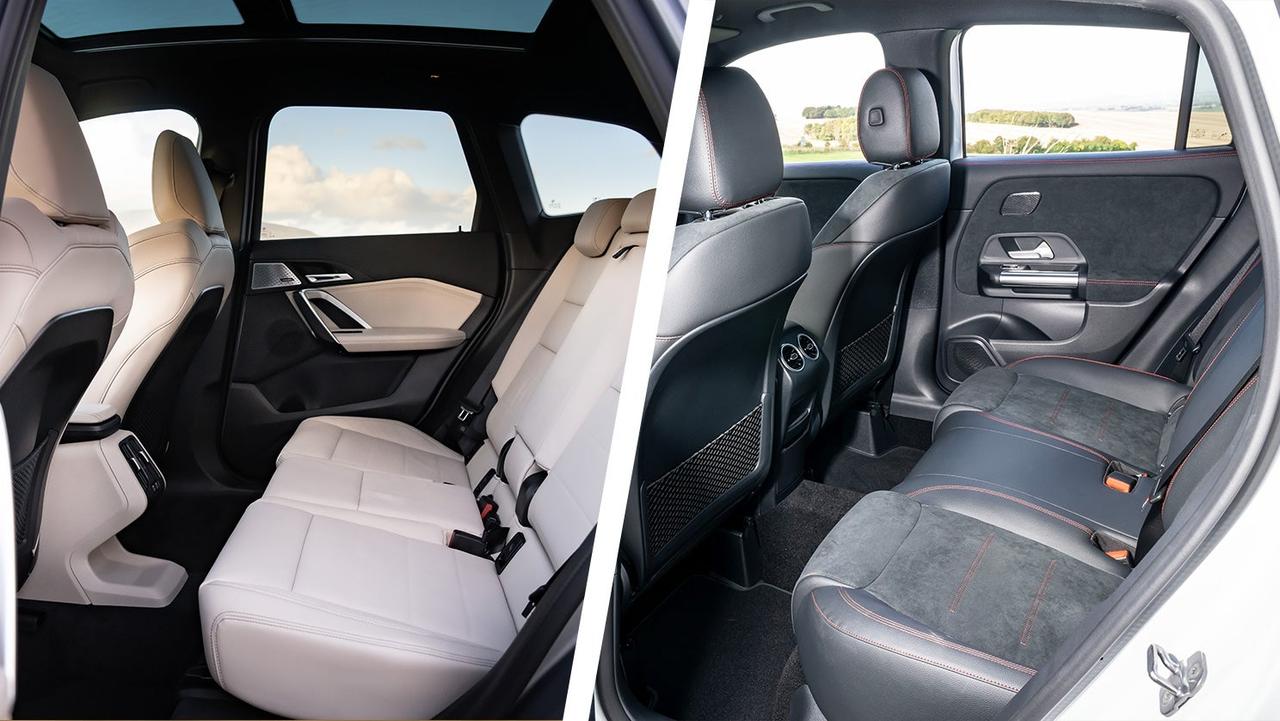
Plug-in versions of the X1 – the xDrive25e plug-in hybrid and the fully electric iX1 – only drop 10 litres of boot space compared to the petrol and diesel ones. You’ll never spot that difference. In the GLA, the difference is 50 litres, and the petrol GLAs have less boot space to begin with. There are likely to be times when the X1 will swallow stuff that you might have to leave behind with the GLA.
Engines
The GLA and X1 are both sensible buys, because they offer the total premium German car experience but use small engines to keep costs low.
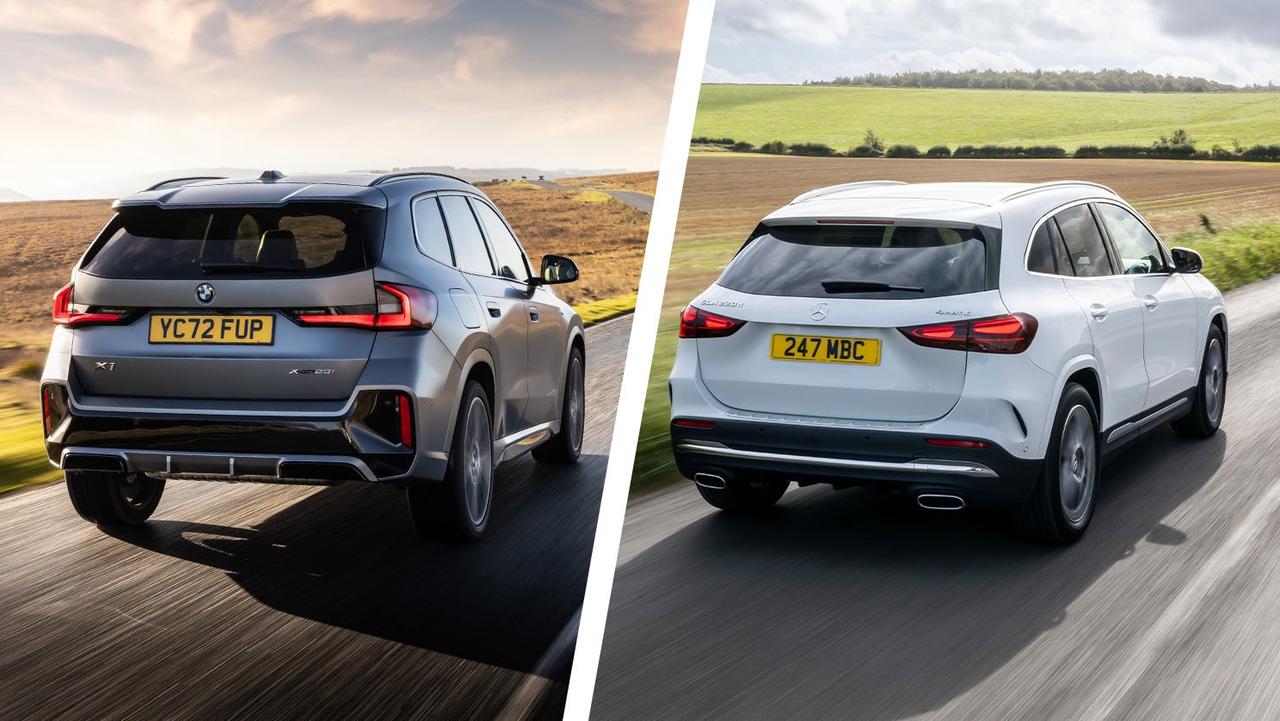
Case in point: the X1’s 20i petrol engine is a 1.5-litre three-cylinder unit borrowed from the Mini Cooper. Even with a bigger body to shift, it’ll still return 40-45mpg in the X1, and this engine is even in a reasonable insurance group – 25 out of 50. There’s a diesel engine that returns mid-50s mpg, and a plug-in hybrid that’s capable of 50 miles of electric driving – and the potential for 300mpg.
The GLA’s entry-level engine is even smaller. The 180 and 200 petrols are code for a 1.3-litre Renault-derived engine. Don’t fret – even the 180 provides sufficient performance for a Mercedes, spinning up to speed without too much hassle. Across the board, the GLA’s engines are broadly similar in size and price to the X1, although the plug-in hybrid only manages around 35 miles of electric driving. The petrol and diesel engines seem less economical, too – expect a merely average 42mpg from the 1.3-litre petrol, and high 40s for the diesels.
Value
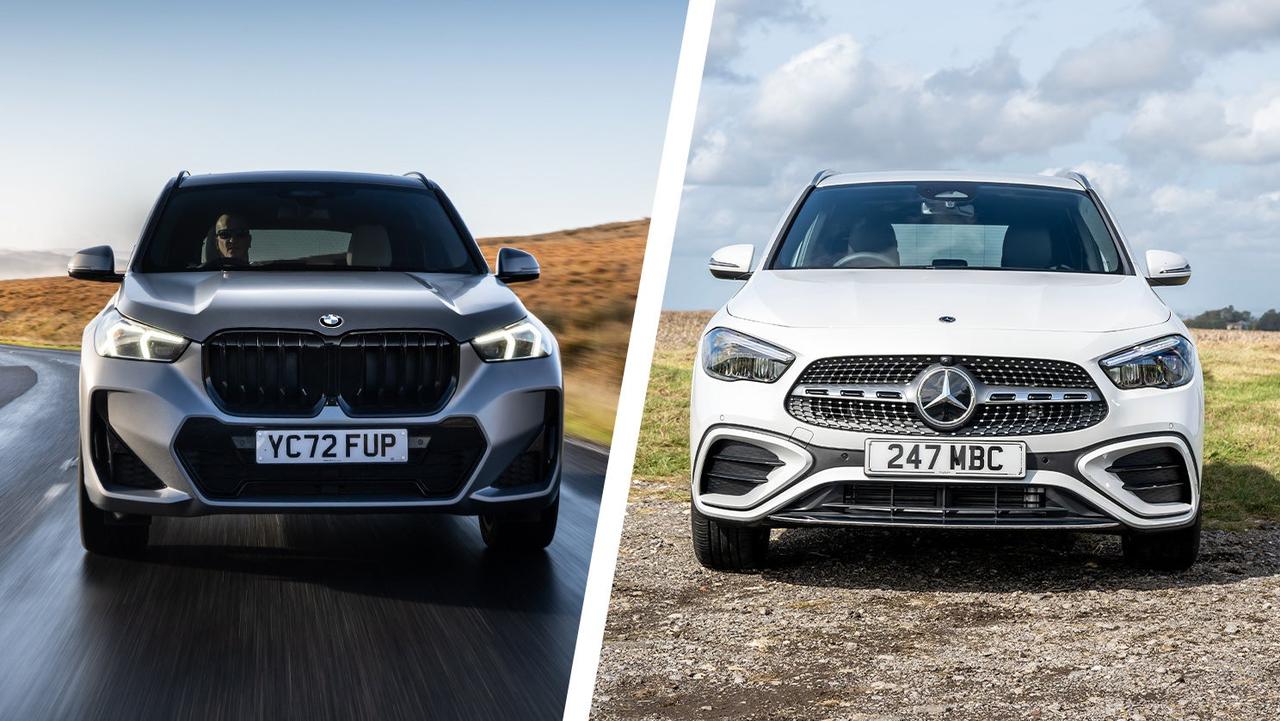
This is a tough one. As new cars, the X1 starts from around £37,000 at the time of writing. The cheapest GLA is around £1,000 less, but it’s slower, a bit less economical and, as we’ve mentioned, smaller inside.
It’s hard to compare exactly like-for-like, but on the used market it seems that a nearly new X1 is still a bit more expensive than a GLA. However, the difference on a PCP finance deal is closer – you’ll probably end up paying about 10% more a month for the X1 than for a near-enough equivalent GLA.
BMW X1 video review
Mercedes GLA video review
Which is best?
If you love the Mercedes brand and need family space for a relatively modest budget, you’ll find nothing to fault with the GLA.
But while the X1 is generally a little more expensive, it’s a more talented option. The screen is at times infuriating but, in other respects, the BMW is excellent. It’s very spacious and has a big boot, it’s more economical than the GLA and it drives with a keenness that the Mercedes isn’t willing to offer. Give us the choice and we’d pick the X1.
Why not give yourself total peace of mind with an extended warranty when you buy a used BMW X1 or used Mercedes GLA? Our exciting selection of cars can be financed and we offer home delivery.



































